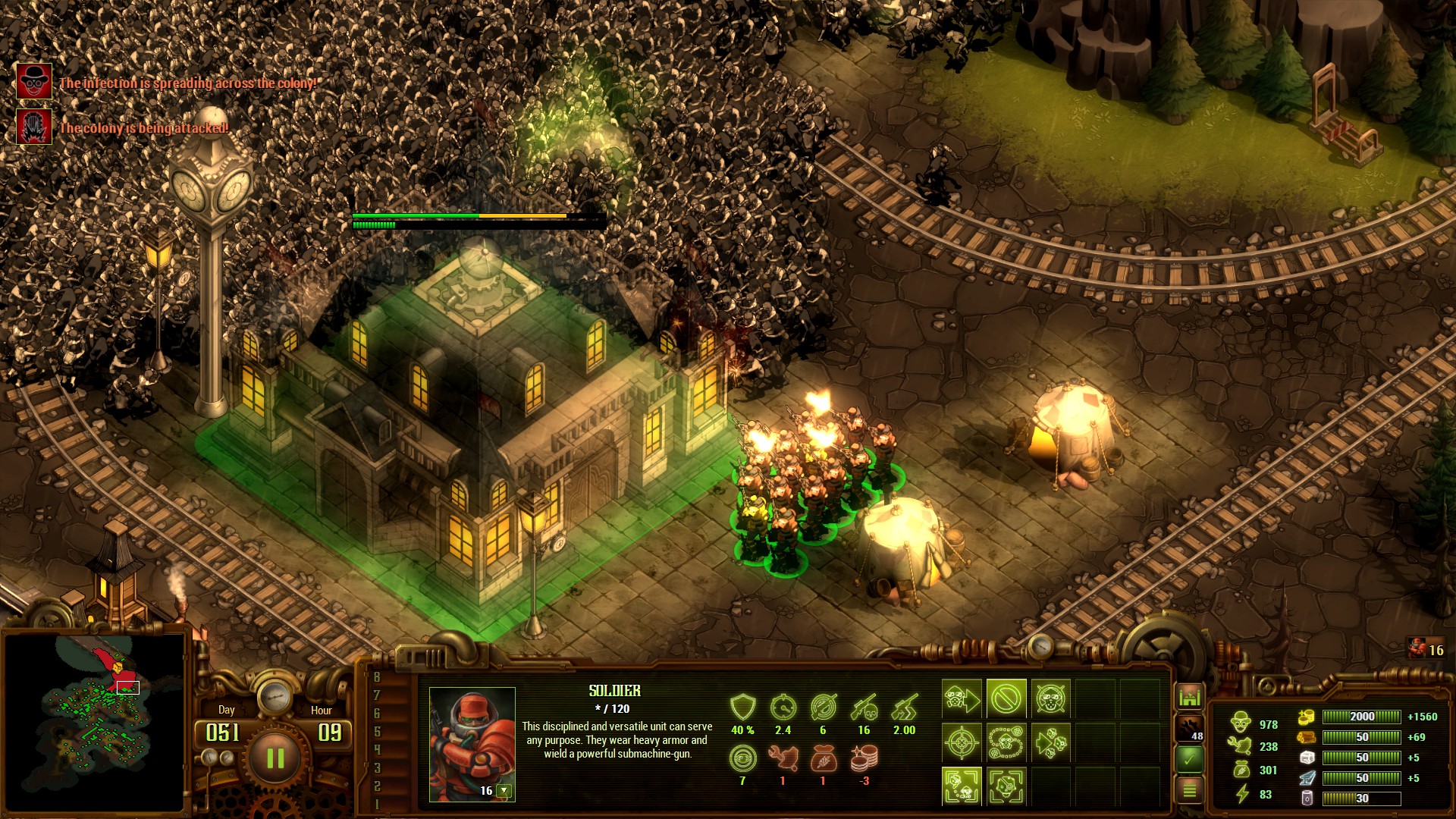
On 11 January 2016, aimed to help reduce market fragmentation and create a strong case for attracting strategic partnerships necessary for providing technological expertise all the three stock exchanges including Karachi Stock Exchange, Lahore Stock Exchange and Islamabad Stock Exchange were inducted into a unified Pakistan Stock Exchange. The rally was supported by heavy buying in the oil and gas and cement sectors. By 2014 the stock market burst into uncharted territories as the benchmark KSE 100 Index rose 907 points (3.1%) and shot past the 30,000-point barrier to close at a new record high, this came days after Moody's announced that it was upgrading the outlook of 5 major Pakistani banks from Negative to Stable, resulting in heavy buying in the banking sector. However, the market bounced back strongly in 2009 and the trend continues in 2011. As a result, the corporate sector of Pakistan has declined dramatically in recent times. But in 2008, after the General Elections, uncertain political environment, rising militancy along western borders of the country, and mounting inflation and current account deficits resulted in the steep decline of the Karachi Stock Exchange. The stock market capitalisation of listed companies in Pakistan was valued at $5,937 million in 2005 by the World Bank. In the first four years of the twenty-first century, Pakistan's KSE 100 Index was the best-performing stock market index in the world as declared by the international magazine "Business Week". The following table shows the main economic indicators from 1980 to 2022. See also: List of Pakistani provinces by gross domestic product The crisis has led to sharp deappreciation of Pakistani ruppee and downgrading of country's credit ratings by various agencies which has further increased the possibility of default. Amid adverse effects of ongoing Russo-Ukrainian War, Pakistan has been facing shortage in supply and high inflation in prices of food, oil, gas and electricity.

However, the country continues to face the challenges of rapidly growing population, high illiteracy, corruption, political instability, a hostile neighborhood and heavy foreign debt.įalling low on budgets for paying interest on its debt, Pakistan has been facing an economic crisis since 2022. Pakistan is currently undergoing a process of economic liberalization, including the privatization of all government corporations, which is aimed at attracting foreign investment and decreasing budget deficits. Primary export commodities include textiles, leather goods, sports equipment, chemicals, and carpets/rugs. Pakistan was classified as a semi-industrial economy for first time in late 1990s albeit an underdeveloped country with heavy dependence on agriculture, textile industry being dependent on cotton production. The growth poles of Pakistan's economy are situated along the Indus River the diversified economies of Karachi and major urban centres in Punjab, co-existing with lesser developed areas in other parts of the country. Although, the economy began to privatise in the 1990s. With the beginning of Zia-ul Haq's regime in the 1980s, a more "Islamic" economy was adopted which outlawed economic practices forbidden in Sharīʿah and mandated traditional religious practices instead.

Nationalisation of significant portion of the sector including financial services, manufacturing and transportation had begun in the early 1970s.

In the formative decades of Pakistan, the economy was largely based on private industries.

As of FY22, the nominal GDP of Pakistan stands at US$376 billion with a nominal GDP per capita of US$1,658 (177th) its GDP based on PPP stands at US$1.512 trillion with a GDP (PPP) per capita of US$6,662 (168th). In 2021, the country had a population of 227 million people. It is the 23rd-largest in terms of GDP based on purchasing power parity (PPP). The economy of Pakistan is classified as a developing economy. All values, unless otherwise stated, are in US dollars.


 0 kommentar(er)
0 kommentar(er)
